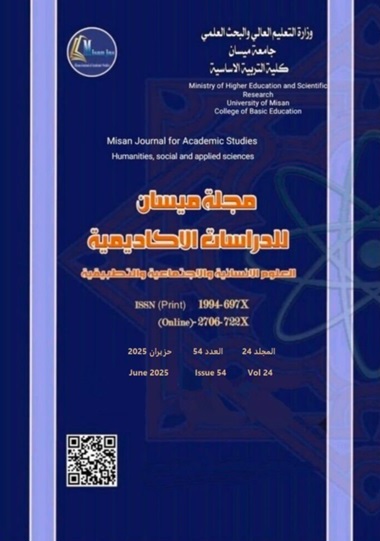Early detection and segmentation of asphalt pavement cracks: Iraqi highways as case study
Abstract
Ensuring the safety and reliability of roadway infrastructure is a significant task that requires continuous monitoring and analyzing of asphalt cracks. This issue involves automatic detecting and quantifying various types of pavement cracks, which reflect the overall condition and safety of the pavement. Consequently, early detection of pavement cracks is crucial for preventing pavement degradation, safeguarding the underlying foundation layers, minimizing maintenance efforts and expenses, and ensuring safety for all road users.
This paper proposed an interesting system for detecting asphalt cracks in roads based on deep learning techniques that combines object detection and sematic segmentation, first The YOLOv10 model serves as the object detection framework. Second, crack segmentation model is employed using attention U-Net to carry out pixel-level segmentation.
The system has been trained, evaluated, and tested using two datasets: The SUT-Crack dataset and the IRD-Crack dataset. The proposed system shows excellent performance across different metrics such as Recall, Precision, Accuracy, mAP, Confidence score, and Dice coefficient. The accuracy reached up to 99.01%, demonstrating its ability to be applied in real-world environments
Downloads
Copyright (c) 2025 (Humanities, social and applied sciences) Misan Journal of Academic Studies

This work is licensed under a Creative Commons Attribution-NonCommercial-NoDerivatives 4.0 International License.
The copyright is also the copyright of the magazine only.
All articles published in our magazine are subject to license terms
Creative Commons Attribution(CC BY-NC-ND 4.0) This license permits the content to be reproduced, redistributed and reused in whole or in part for any purpose free of charge, without any permission from the author(s), researcher or student.
Works submitted to Maysan Journal of Academic Studies for publication in the journal (CC BY-NC-ND 4.0) license terms. Where available content can be shared, distributed and replicated provided there is no commercial profit and appropriate credit must be given to the original source through sources or citations. It is mandatory to review any material used from other sources including shapes, tables, and images for re-use under the terms of the Creative Commons License (CC BY-NC-ND 4.0).Provided that there is no modification to the original content



